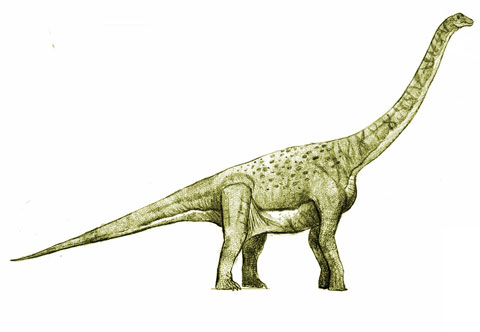Elaltitan was first referred to as Antarctosaurus by Bonaparte and Gasparini in the year 1979 and after a period of time changed as Argyrosaurus by Jaime Powell in the years 1986. Later named it as Elaltitan with distinctive collaboration of words also based on the animal's autapomorphy. The animal's autapomorphy could be explained to be having a dorsoventrally tall neural arch but only to the half of centrum without considering the condylar ball present amidst the front nost caudal vertebrae. There are other rare characteristics too such as the presence of spinopostzygapophyseal laminae present at the central posterior dorsal vertebrae bifurcate divided as medial and lateral branches. Another astragalar elongation ascending upwards rising not more than the posterior margin of astragalus also a calcaneum is found.

The unique features prove Elaltitan to differ from rest of the titanosauriforms as well as the Antarctosaurus and Argyrosaurus also many sauropods considered to be the bottom most members known to be Drusilasaura and also Epachthosaurus originating from the Bajo Barreal Formation. Considering the morphology based differences in the femur parts(thigh bones) the Antarctosaurus giganteus is a look alike of Elaltitan with a length measurement of 231 cm(91 in) the entire Elaltitans thigh bone length is estimated to be relatively same, Thus interpreted to be the biggest sauropods till now. But now it can be found that a sum of 39 titanosauriform species are found in South America but interestingly 31 originates from Argentina only discovered by Mannion and Otero in the year 2012.
| Elaltitan facts: | ||||||||
|
||||||||